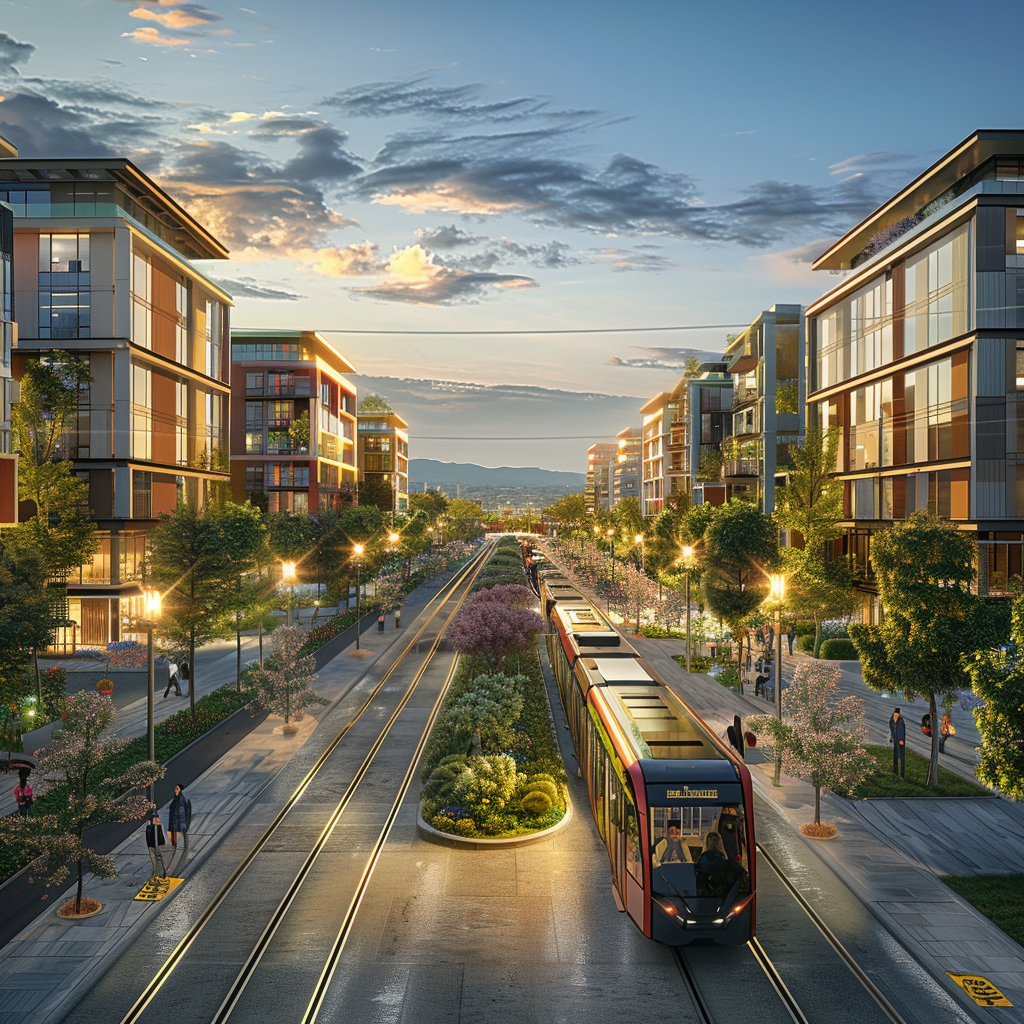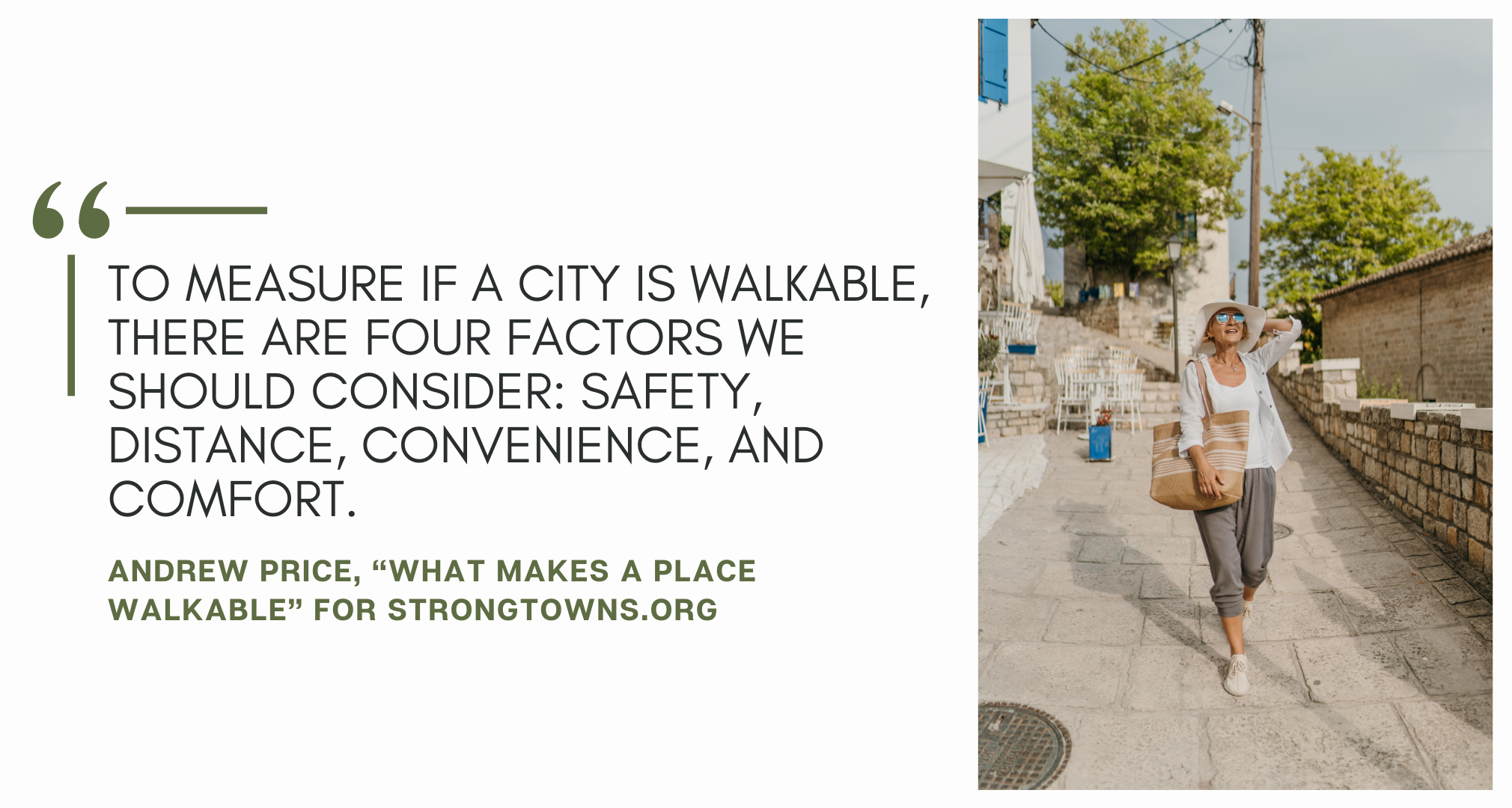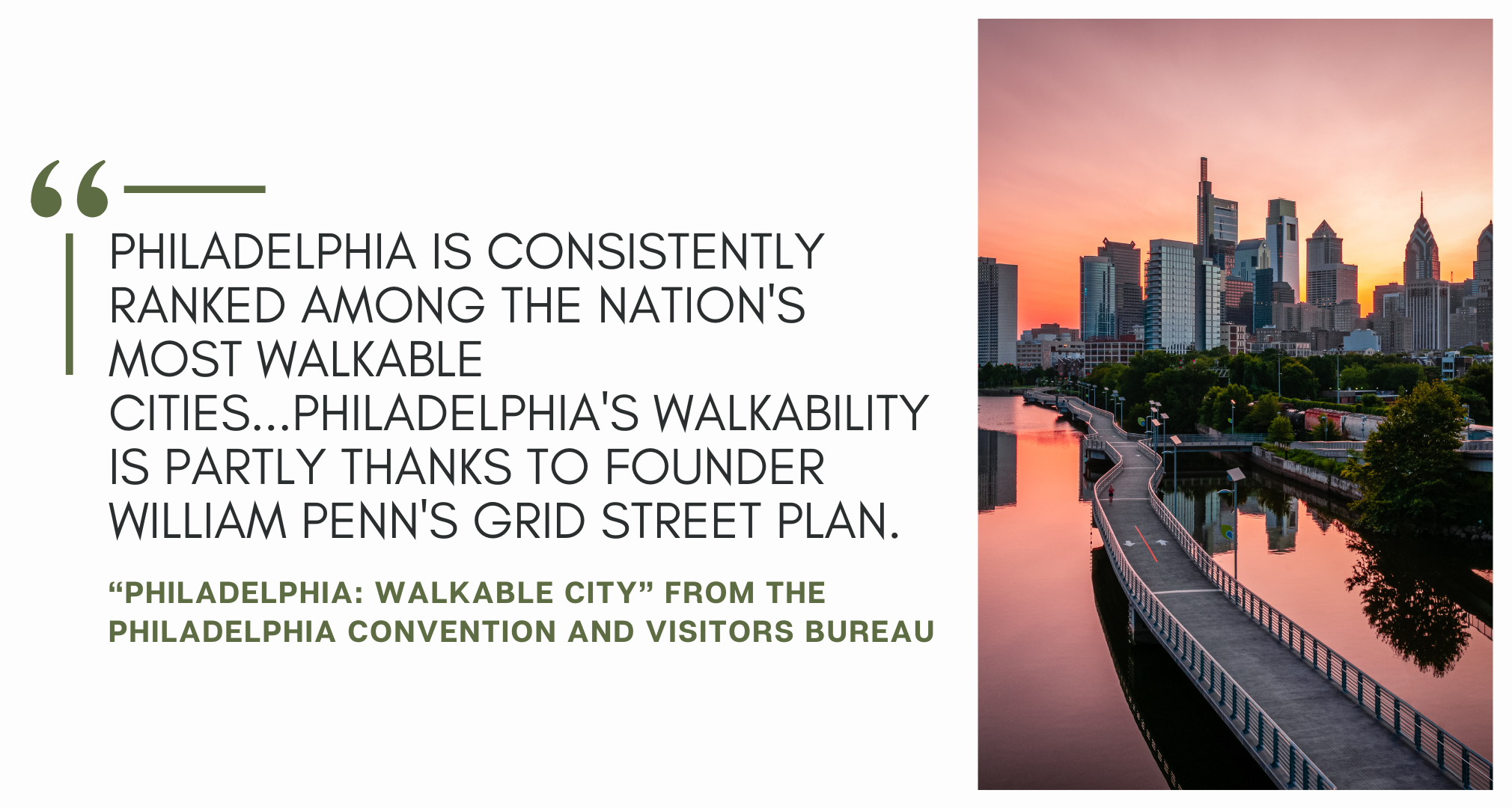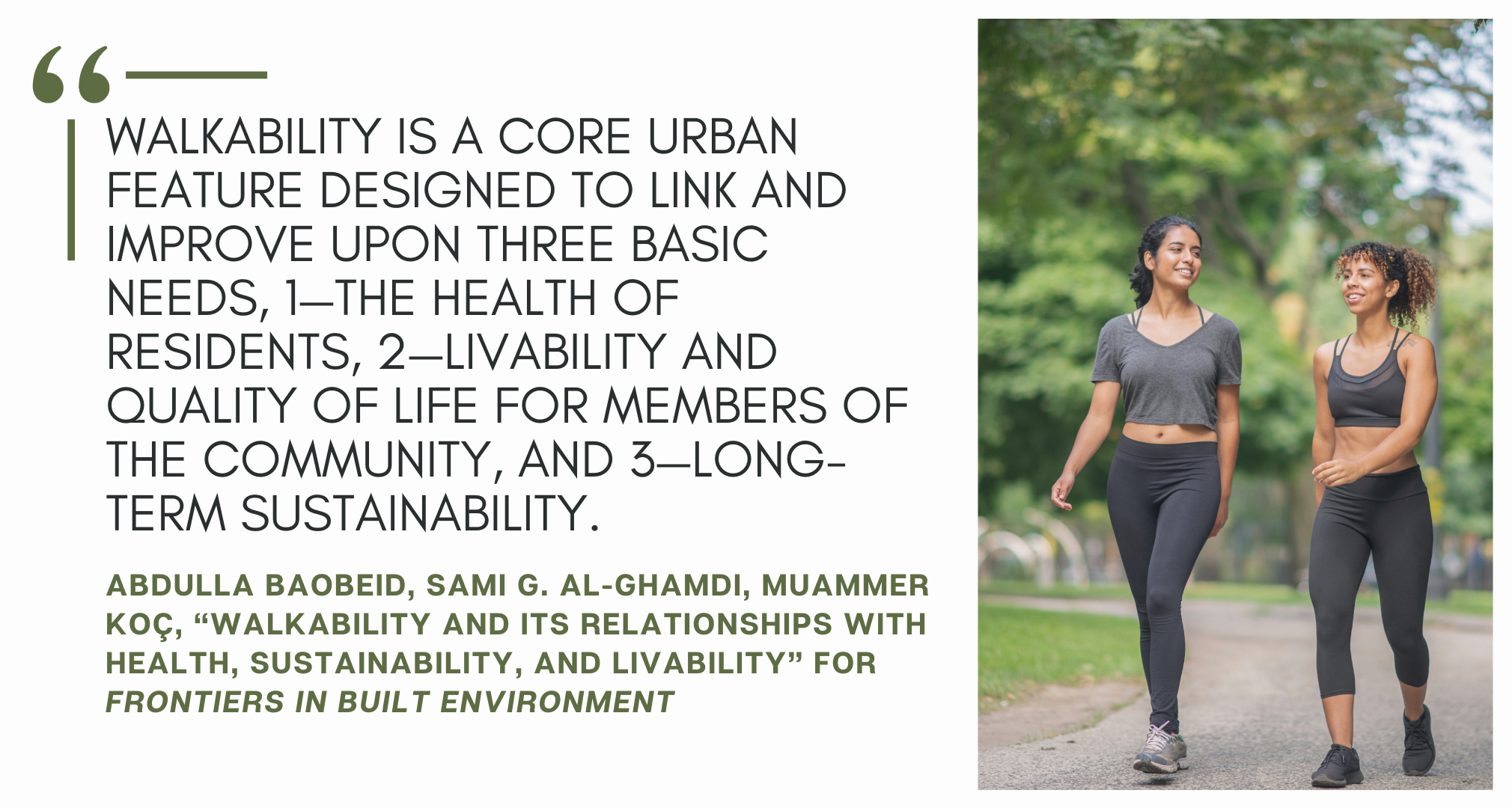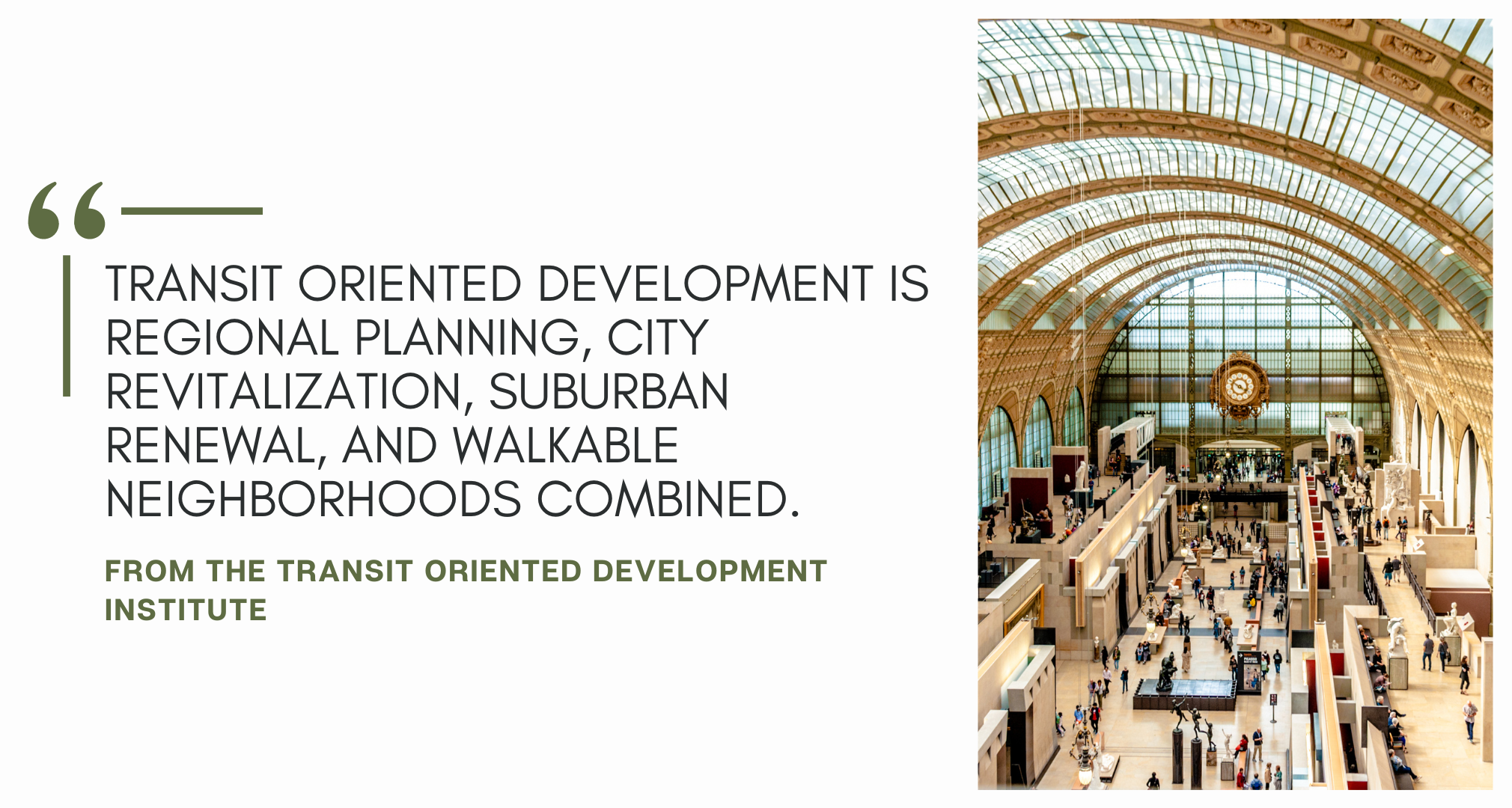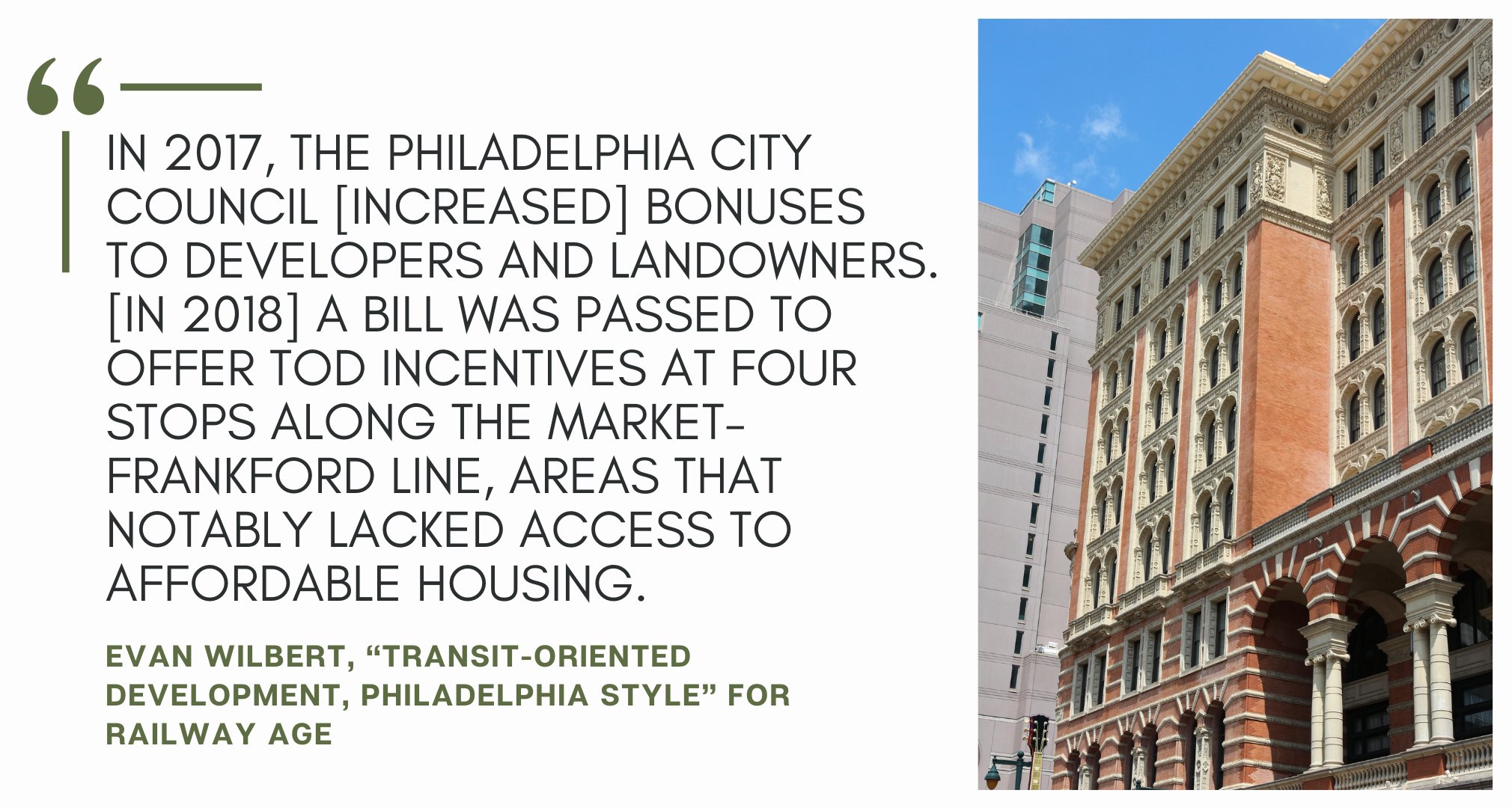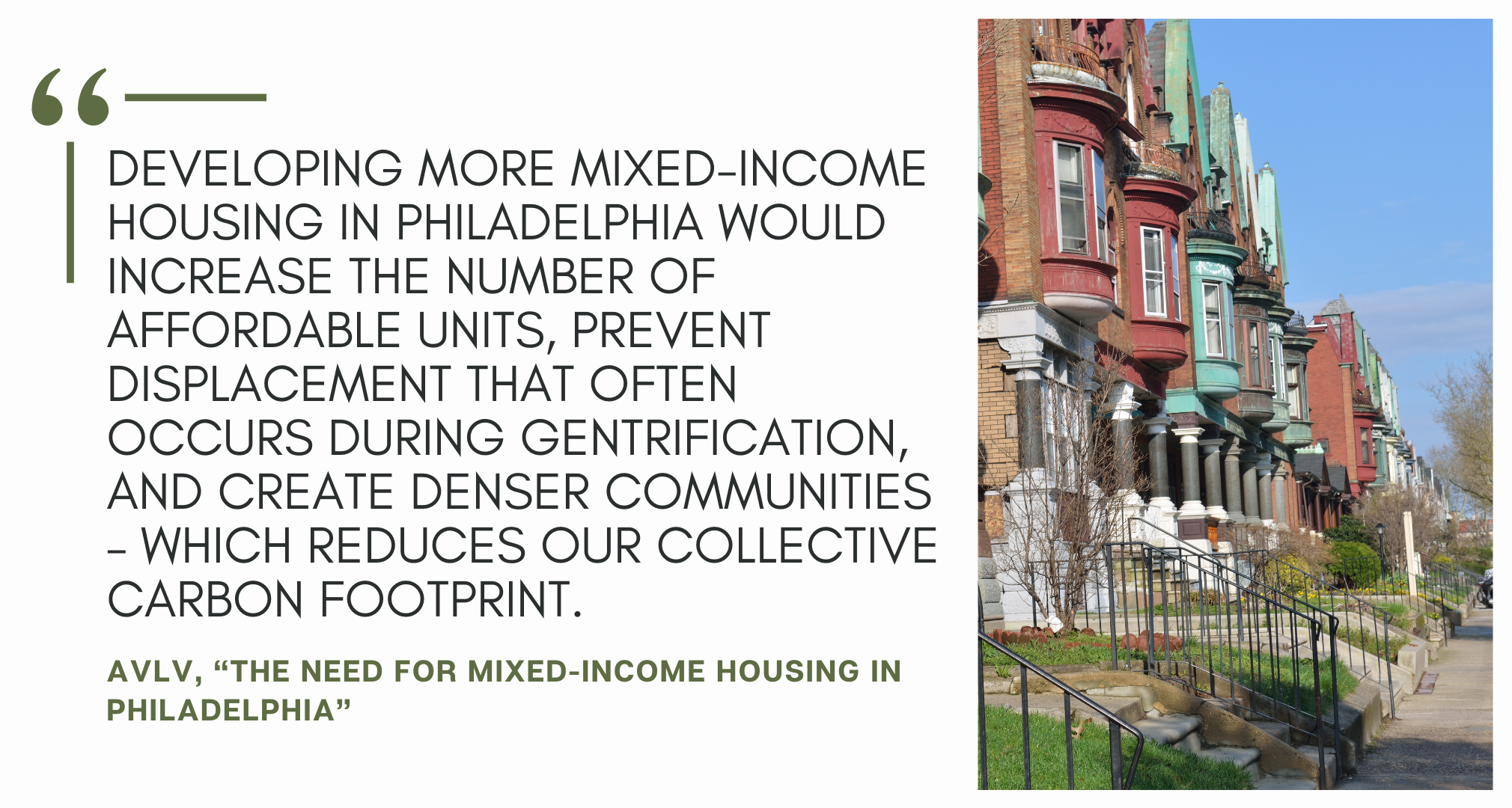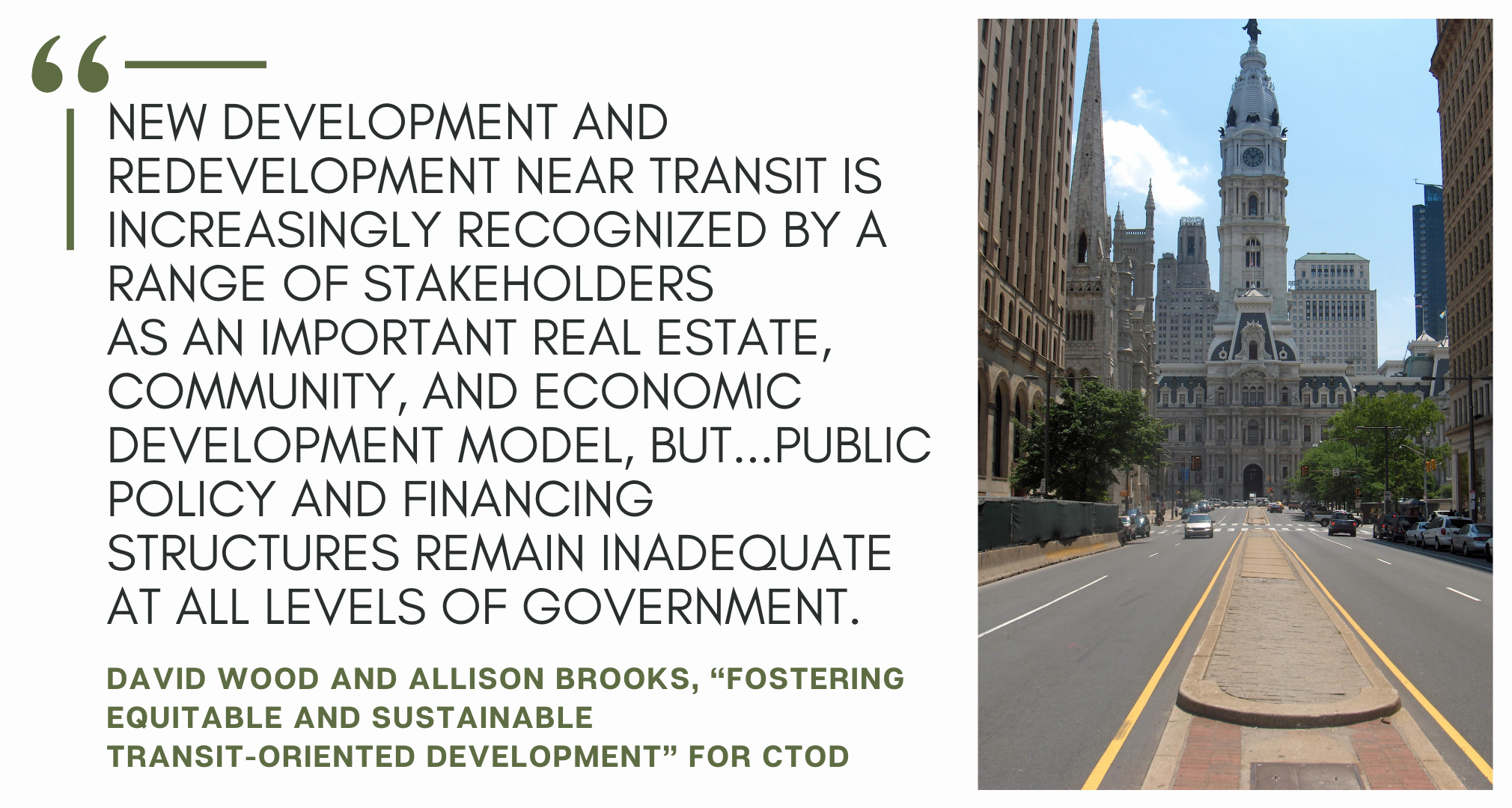As older American cities like Philadelphia continue to grow and evolve, the need for well-planned, pedestrian-friendly environments becomes all the more important. In this post, we will underscore the importance of walkable cities as a means to address environmental, social, and economic challenges. We will also explore the role of Transit-Oriented Development (TOD) in fostering walkability, sustainability, and human health through efficient public transportation systems focused around communal green spaces. Together, these elements form the bedrock of more livable, eco-conscious urban spaces. Read on to learn more.
Walkability in the context of urban planning refers to the ease and convenience of walking within a city. A walkable city is characterized by pedestrian-friendly infrastructure, well-designed sidewalks, clearly marked crosswalks, and easy access to destinations such as shops, schools, parks, and public transportation.
The benefits of walkable cities are manifold. They include reduced traffic congestion, decreased air pollution, boosted public health due to more physical activity, and stronger local economies as walkable areas tend to attract more businesses and visitors. Moreover, walkability fosters a sense of community by promoting social interactions and a higher quality of life for residents.
The following studies and reviews collectively affirm the multifaceted benefits of walkable cities and transit-oriented design, spanning physical and mental health improvements, enhanced social interactions, and contributions to sustainability. They identify and underscore walkability as a key factor in urban planning and design that can significantly impact public health, social well-being, and environmental sustainability.
Transit-oriented development often leads to reduced dependence on personal vehicles, which can significantly decrease air pollution levels. Several studies have pointed out the environmental benefits of reducing vehicular emissions, including improved respiratory health for city residents.
Our shared goal of prioritizing walkable cities and Transit-Oriented Development (TOD) is grounded in the pursuit of a sustainable urban future. This approach addresses critical urban challenges, including congestion, air pollution, and the loss of community spaces, by promoting a model of development that reduces reliance on cars, enhances public transport usage, and fosters vibrant, livable neighborhoods.
Walkable cities and TOD not only contribute to environmental sustainability by lowering greenhouse gas emissions but also support economic growth by improving access to jobs and services, and social inclusion by providing equitable access to amenities and public spaces. As urban populations continue to grow, the shift towards walkability and TOD becomes not just preferable but essential for creating cities that are resilient, healthy, and capable of supporting diverse and thriving communities.
Developers and investors can foster walkable cities and incorporate Transit-Oriented Development (TOD) principles by focusing on mixed-use developments that integrate residential, commercial, and leisure spaces, thereby reducing the need for vehicular travel. Investing in pedestrian-friendly infrastructure, such as wide sidewalks, safe crosswalks, and bike lanes, alongside ensuring easy access to public transit, can significantly enhance urban mobility.
They should also collaborate with local governments to support policies and planning guidelines that prioritize walkability and transit accessibility. Through strategic site selection, advocating for zoning reforms, and incorporating green spaces and community amenities, we can make significant improvements.
Together, developers, investors, and designers have the power to create vibrant, healthy, and sustainable urban environments that encourage walking and efficient public transportation use.


